Component lifecycle in ReactJS | React Tutorials
Component lifecycle in ReactJS
1. Initialization
——————
defaultProps - set default props
constructor - set the initial state value and bind actions
componentWillMount - called before the render method is executed. It is important to note that setting the state in this phase will not trigger a re-rendering.
render - returns the needed component markup
componentDidMount - enabling to define DOM manipulations or data fetching operations.
2. State Changes
————————
shouldComponentUpdate - called before the render method and enables to define if a re-rendering is needed or can be skipped.
componentWillUpdate - called as soon as the shouldComponentUpdate returned true.
render - returns the needed component markup
componentDidUpdate - called after the render method. Similar to the
componentDidMount, this method can be used to perform DOM operations after the data has been updated.
Props Changes
————————
componentWillRecieveProps - called when the props have changed and when this is not an initial rendering. componentWillReceiveProps enables to update the state depending on the existing and upcoming props, without triggering another rendering.
shouldComponentUpdate - called before the render method and enables to define if a re-rendering is needed or can be skipped.
componentWillUpdate - called as soon as the
shouldComponentUpdate returned true.
render - returns the needed component markup
componentDidUpdate - called after the render method. Similar to the componentDidMount, this method can be used to perform DOM operations after the data has been updated.
Unmounting
———————
componentWillUnmount - called before the component is removed from the DOM. This method can be beneficial when needing to perform clean up operations, f.e. removing any timers defined in componentDidMount.
-
 14:44
14:44
TechnicalTalk
2 years agoRouting In ReactJS | React Tutorials
45 -
 12:43
12:43
TechnicalTalk
2 years agoWebpack setup and build component | React Tutorials
4 -
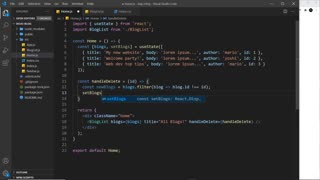 4:30
4:30
React Javascript Tutorial
5 months agoReact Function Power: Episode 13 - Harnessing Functions as Props
21 -
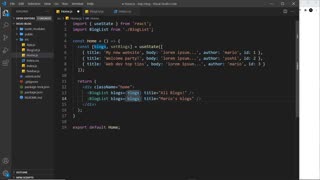 2:56
2:56
React Javascript Tutorial
5 months agoReact Component Reusability: Episode 12 - Unleashing the Power of Reusable Components
16 -
 6:19
6:19
hayksimonyanrumble
1 year agoReact Lifecycle Methods and Their Equivalents in Functional Components
12 -
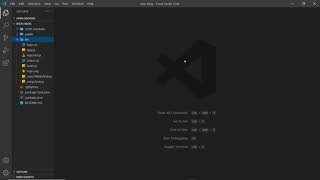 13:01
13:01
React Javascript Tutorial
5 months agoReact Application Building: Episode 2 - Step-by-Step Tutorial
1 -
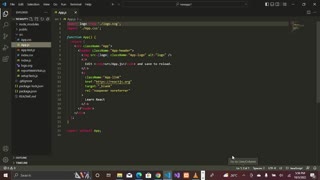 12:29
12:29
Kodemaster
1 year agoHow To Setup React Environment in VS code
2 -
 6:08
6:08
React Javascript Tutorial
5 months agoReact Component Harmony: Episode 5 - Mastering Multiple Components
18 -
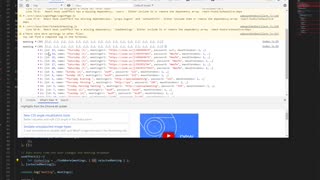 50:58
50:58
rscott78
3 years ago $0.01 earnedReact JS Tutorial
137 -
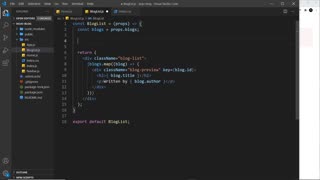 8:55
8:55
React Javascript Tutorial
5 months agoReact Props Precision: Episode 11 - Mastering Component Communication
15